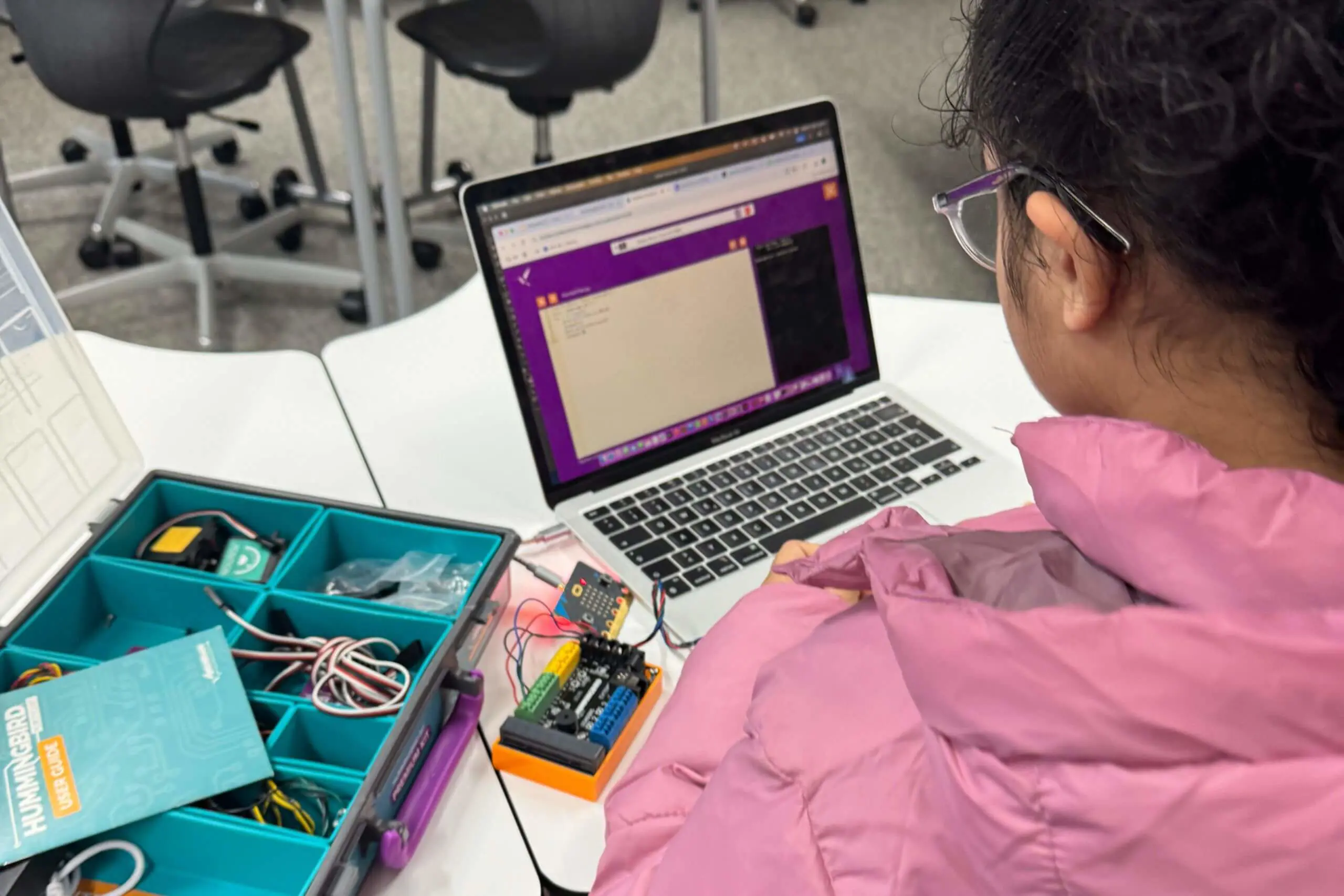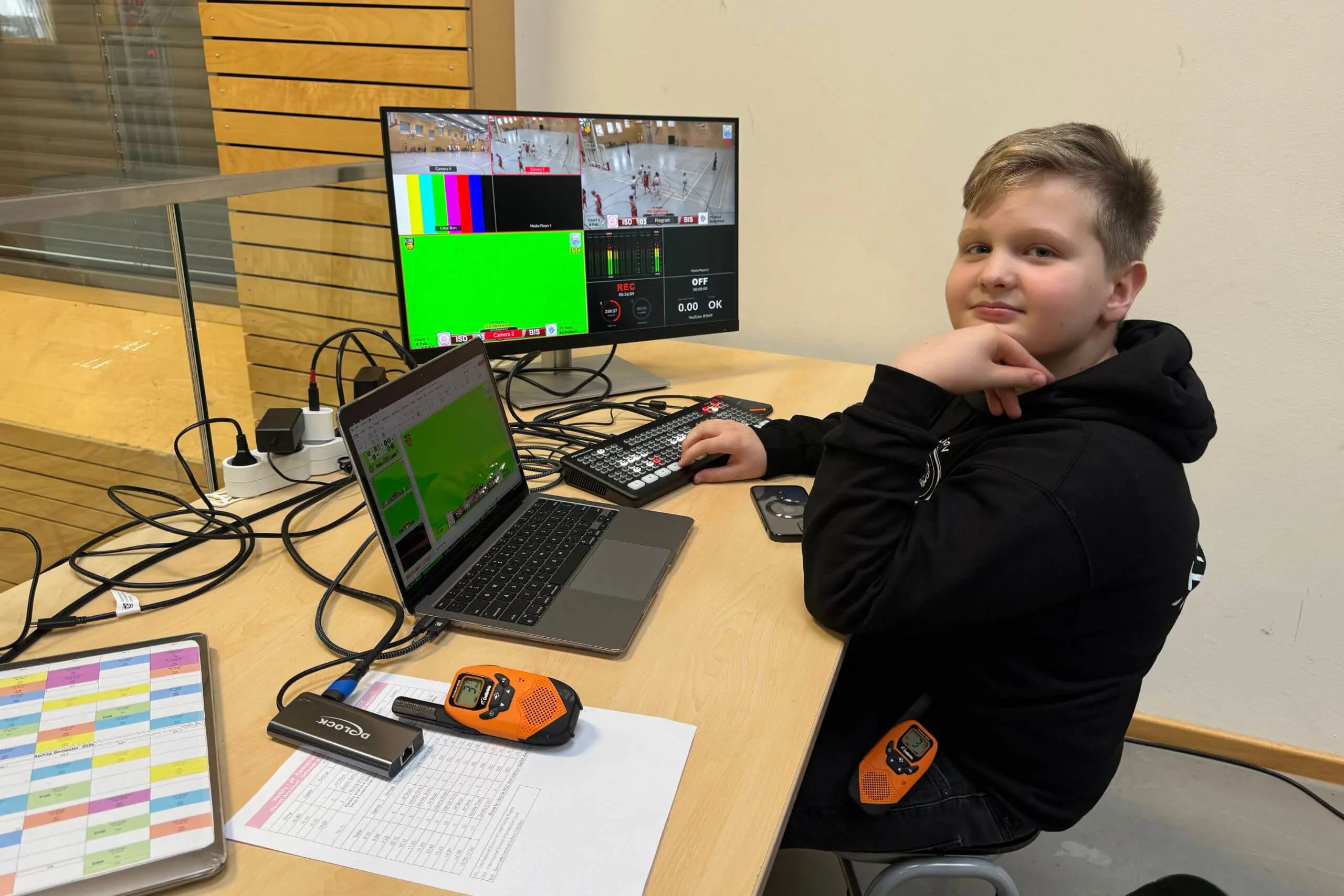We believe that technology empowers students to take ownership of their own learning journey. Digital platforms enable truly personalised, differentiated learning experiences for every student.

Our aim is to create a safe, technologically-enhanced, learner-centred environment that enables the development of critical 21st century skills. We believe that access to technology by every student in every classroom is a vital step in achieving this aim.
Technology enables students and teachers to engage in real-world, relevant, social learning activities that allow students to develop the skills necessary to prosper in the 21st century. These skills include:
- information and media literacy,
- critical thinking,
- innovation,
- communication
- and global collaboration.
In a technologically enhanced learning environment, students have the opportunity to interact with outside experts, collaborate with other students around the globe and publish their work to an authentic global audience.
Our aim is for every student to be a responsible, global digital citizen who can safely and confidently navigate online social spaces and use digital tools to enhance their own learning and contribute to the learning of others. We aim to integrate the teaching and learning of digital citizenship into all subject areas.
